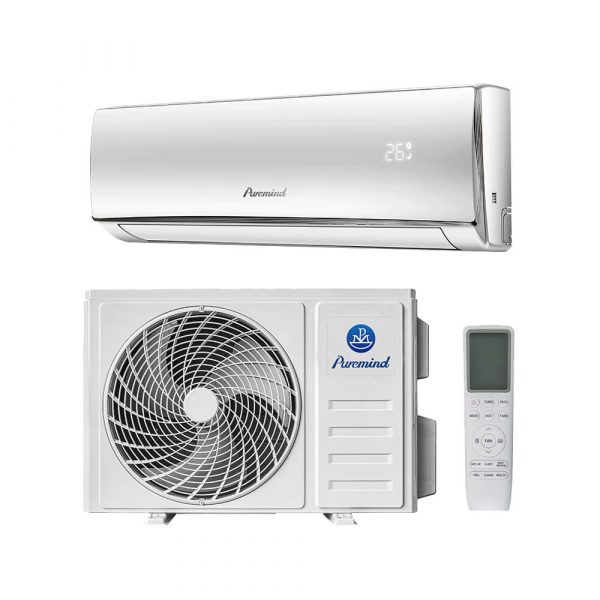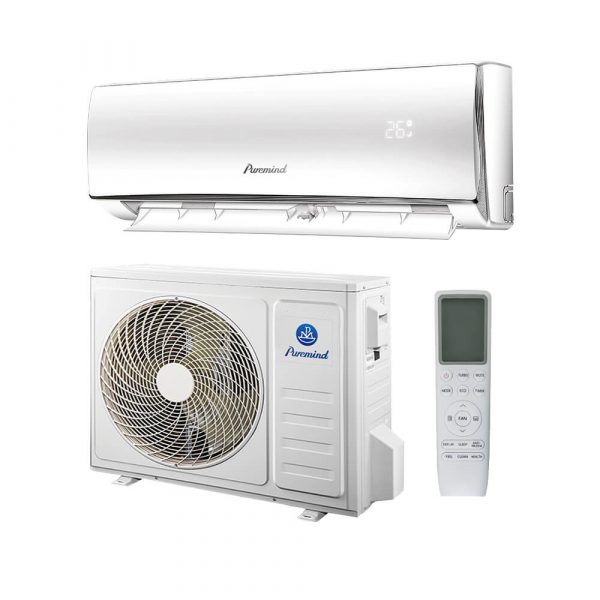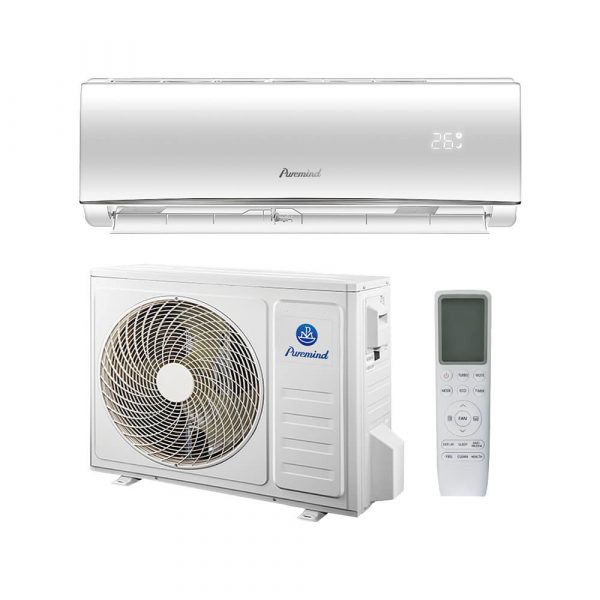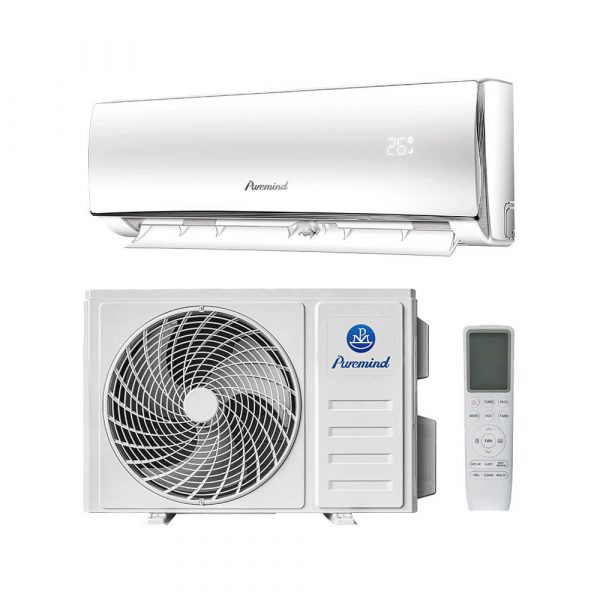Split AC System: Ultimate Guide for Wholesalers, Suppliers, and Distributors
The split AC system is one of the most popular air conditioning solutions worldwide, known for its efficiency, flexibility, and quiet operation. For wholesalers, suppliers, and distributors, understanding its features, benefits, and market trends is essential for making informed purchasing and sales decisions.
What is a Split AC System?
A split AC system consists of two primary units: an indoor unit that cools and circulates air inside a room, and an outdoor unit that houses the compressor and dissipates heat outside. This separation allows for quieter indoor environments and more versatile installation options compared to traditional window or packaged AC units.
How Does a Split AC System Work?
The system operates by circulating refrigerant between the indoor and outdoor units. The indoor unit contains an evaporator coil that absorbs heat from indoor air. The refrigerant then carries this heat to the outdoor unit, where it is released through the condenser coil. This cycle effectively cools indoor spaces.
Types of Split AC Systems
- Single Split System: One indoor unit connected to one outdoor unit, suitable for individual rooms or small spaces.
- Multi Split System: Multiple indoor units connected to one outdoor unit, ideal for cooling several rooms or zones with a single outdoor compressor.
- Inverter Split System: Equipped with variable-speed compressors that adjust cooling output to save energy and maintain consistent temperatures.
Advantages of Split AC Systems
Split AC systems offer numerous benefits that make them attractive to consumers and profitable for businesses:
- Energy Efficiency: Especially inverter models significantly reduce electricity consumption.
- Quiet Operation: Placing the compressor outdoors reduces noise indoors.
- Flexible Installation: Wall-mounted or ceiling-mounted indoor units can fit various architectural layouts.
- Improved Air Quality: Many models include advanced filtration systems that remove dust and allergens.
Key Considerations for Wholesalers and Suppliers
When selecting split AC systems for your product portfolio, consider:
- Cooling Capacity: BTU ratings tailored to customer needs and room sizes.
- Energy Ratings: Models with high star ratings to promote energy savings.
- Refrigerant Types: Preference for environmentally friendly refrigerants like R32.
- Warranty and After-Sales Support: Ensure manufacturer reliability for better customer satisfaction.
Market Trends and Opportunities
As urbanization and climate change increase cooling demands, split AC systems continue to grow in popularity. Smart controls, IoT integration, and energy-efficient technologies are shaping the future of this market, presenting opportunities for distributors and suppliers.
Explore Our Split AC System Selection
To find a wide range of high-quality split AC systems, visit our split air conditioner product category. Our offerings cater to wholesalers, suppliers, and distributors aiming to provide reliable and efficient cooling solutions.
Conclusion
Understanding split AC systems empowers wholesalers, suppliers, and distributors to make knowledgeable purchasing decisions, align with market trends, and meet customer expectations. Staying updated with innovations is key to maintaining a competitive edge in the HVAC industry.







